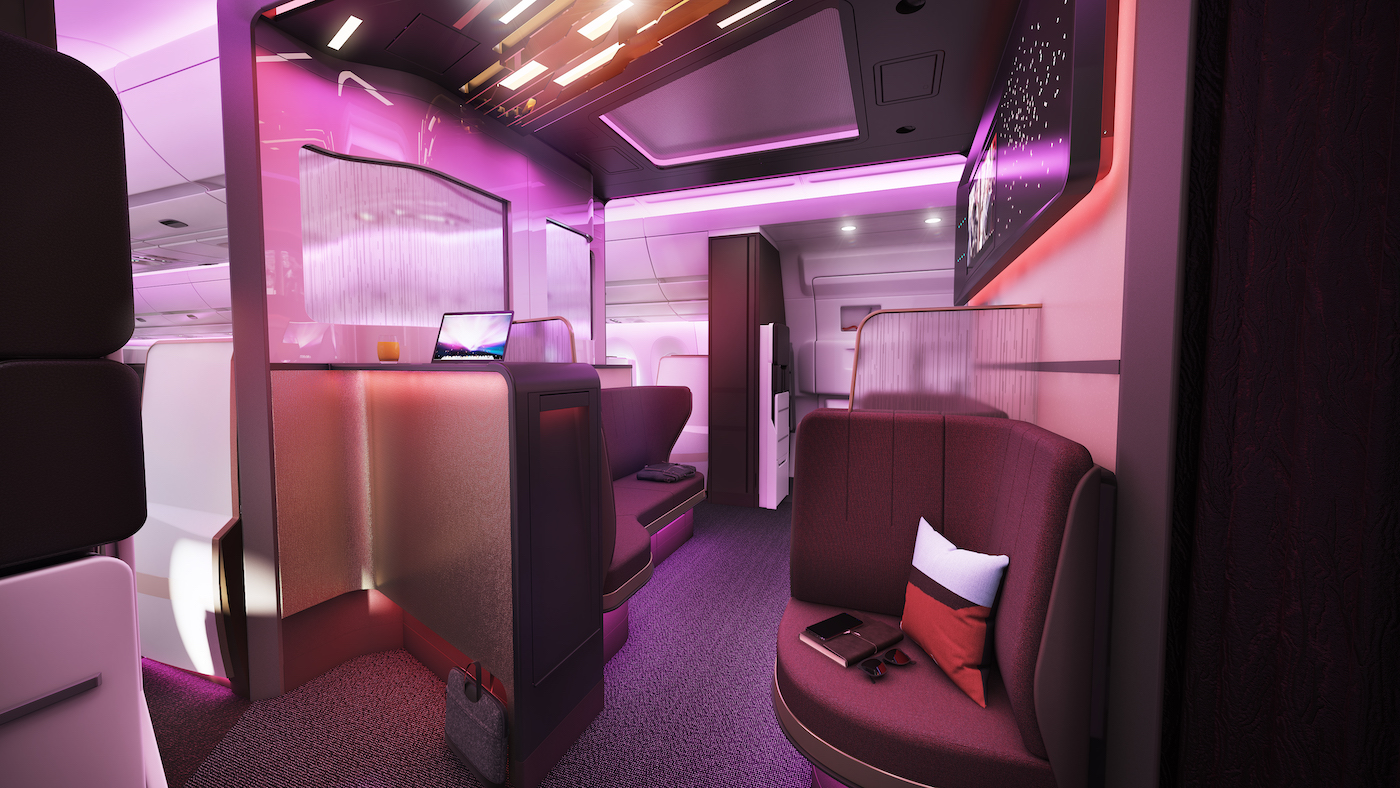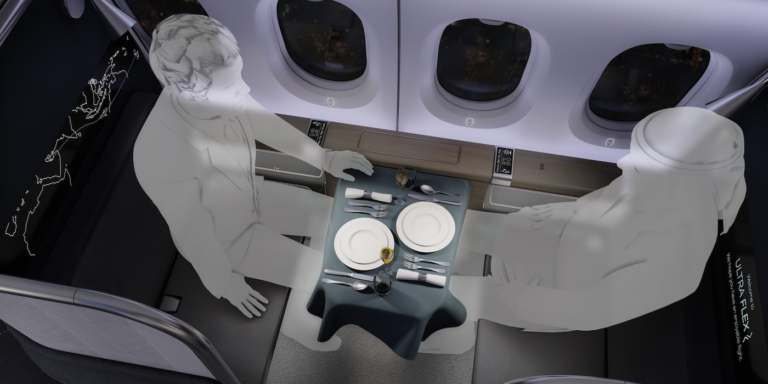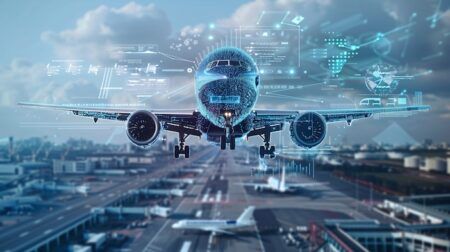As socialising is being discouraged more and more, the thought of mingling within a contained aircraft space is currently the last thing on many people’s minds. You may be forgiven, therefore, for thinking that social areas no longer have a place for modern-thinking airlines. In fact, the need for social areas has not diminished with the rise of Covid-19. If anything, it is even more vital.
We may not see groups of previously unacquainted passengers standing at the onboard bar for some time, although there are many people who believe this will happen again in time. But ‘social’ is not just about meeting new people. It is the need for company, to spend time with others, to relax and converse. Whether you are travelling for business or leisure, social time within your bubble is still important, and break-out time, away from your seat, will still be every bit as valued.
As far back as May this year, during a RedCabin webinar regarding the pandemic, Bernhard Randerath, VP of Design Engineering and Innovation at Etihad Aviation Group said that social areas still have the right to exist and that we can incorporate distance. Indeed, where in the cabin is there a greater opportunity to offer social distancing than in a wide, open lounge area?
Bernhard also recognised early on that it is not going to be economically viable to change the whole LOPA and redesign the cabin interior. Better that we redesign the way the existing interior is used.
Before the pandemic occurred, AIM Altitude had developed Ultraflex, a concept for adaptable, multi-functional social spaces. Whilst it was conceived to offer freedom for passengers to interact, this same space now offers room for passengers to still experience the added benefits desired on long-haul flights, but with social distancing made possible. Private booths allow for bubbles to meet, relax and dine away from their seats in a Covid-secure manner. Increased aisles enable distanced standing which, along with hygiene-aware staff and a design appreciation for improved germ-resistant construction materials, offer passengers greater peace of mind.
Indeed, AIM Altitude’s continued work with such airlines as Virgin Atlantic Airways is offering passengers more space and more social-distancing options, despite being part of programmes begun before the pandemic. Virgin Atlantic’s A350 Loft, for example, presents two zoned areas: a spacious lounge and an independent bar. Such distinct areas can lend themselves to requirements post-Covid.

These examples show how existing social spaces in the cabin can work to promote social distancing. As an industry, we must not let Covid-19 panic us into making rash decisions or taking drastic action. We have spent many years building the flight experience into an exciting and glamorous prospect. It would be such a shame for passengers to view air travel in any other way, and making the experience less enjoyable is not going to help the industry to get back on its feet.
We have amazing and beautiful aircraft interiors and the social spaces that have been so innovatively created should be celebrated for allowing the degree of social distancing that is currently required. If we manage the usage flow, spacings and hygiene protocols correctly, these areas can still flourish.





